Home>Garden Essentials>How To Plant Sunflower Seeds


Garden Essentials
How To Plant Sunflower Seeds
Modified: March 24, 2024
Learn how to successfully plant sunflower seeds in your garden and enjoy the beauty of these stunning flowers.
(Many of the links in this article redirect to a specific reviewed product. Your purchase of these products through affiliate links helps to generate commission for Storables.com, at no extra cost. Learn more)
Introduction
Planting sunflower seeds is a rewarding and enjoyable experience for gardening enthusiasts. Sunflowers, with their vibrant yellow petals and towering height, can add a touch of beauty and charm to any garden or outdoor space. Whether you have a large backyard or a small balcony, growing sunflowers is a simple process that can be accomplished with just a few basic steps.
In this guide, we will walk you through the process of planting sunflower seeds, from selecting a suitable location to caring for the growing plants. So, grab your gardening tools, put on your sunhat, and get ready to embark on a sunflower-growing adventure.
Before we dive into the specifics, let’s take a moment to appreciate the many benefits of growing sunflowers. Besides their visual appeal, sunflowers also serve a practical purpose. They are known for attracting pollinators such as bees and butterflies, which play a crucial role in supporting the ecosystem. Sunflower seeds are also a popular snack and can be harvested for their tasty kernels.
Now, let’s get started with the first step: choosing a suitable location for planting.
Key Takeaways:
- Choose a sunny spot with well-drained soil to plant sunflower seeds. Consider the space, soil conditions, and protection from strong winds to help your sunflowers thrive and grow tall.
- After planting, water the seeds gently, keep the soil moist, and provide ample sunlight. Regular care, including weeding, support, and monitoring for pests, will help your sunflowers bloom beautifully.
Read more: How To Plant Sunflower Seed
Step 1: Choose a suitable location for planting
When it comes to planting sunflower seeds, selecting the right location is key to ensuring their successful growth. Sunflowers thrive in areas that receive full sun for at least six to eight hours a day, so it’s important to choose a spot that provides ample sunlight.
First, evaluate your outdoor space and look for an area that is not overshadowed by tall buildings or trees. Sunflowers need direct sunlight to grow tall and strong, so avoid planting them in shaded areas.
Additionally, consider the space requirements of the sunflowers. Some varieties can reach heights of 8 to 12 feet, so make sure you have enough vertical space for them to grow. If you have a small garden or limited space, look for dwarf or compact sunflower varieties that are better suited for smaller areas.
Next, assess the soil conditions. Sunflowers prefer well-drained soil that is rich in organic matter. If you have heavy clay soil, consider incorporating compost or organic matter to improve drainage and fertility. Avoid planting sunflowers in areas with soggy or waterlogged soil, as they are prone to rotting.
It’s also essential to choose a location that is shielded from strong winds. Sunflowers have a tendency to sway in the breeze, and excessive wind can cause damage to their stems or even uproot them. If your garden is exposed to strong winds, consider placing a windbreak or creating a sheltered area using trellises or fences.
Lastly, think about the aesthetic aspect. Sunflowers make a bold and beautiful statement, so consider planting them in a prominent location where they can be admired by both you and passersby. Whether it’s along a fence line, in a dedicated flower bed, or as a border to your vegetable garden, sunflowers have the ability to create a stunning focal point in any garden.
By carefully selecting a suitable location for planting, you are setting the stage for your sunflowers to flourish and thrive. With the perfect combination of sunlight, soil conditions, and protection from strong winds, you are well on your way to enjoying a bountiful display of sunflowers in your garden.
Step 2: Prepare the soil
Preparing the soil is an essential step in ensuring the optimal growth and development of your sunflowers. Proper soil preparation will provide the necessary nutrients and create a favorable environment for the seeds to germinate and the plants to flourish.
Start by removing any weeds, rocks, or debris from the planting area. Weeds can compete with the sunflowers for nutrients and water, so it’s important to eliminate their presence in the soil. Use a garden rake or hoe to clear the area and create a clean, weed-free bed.
Next, loosen the soil to promote good drainage and root penetration. Sunflowers have long taproots that can extend several feet into the ground, so breaking up compacted soil is crucial for their growth. Use a garden fork or tiller to loosen the soil to a depth of at least 12 inches.
If your soil is clayey or heavy, you may need to amend it with organic matter to improve its texture and drainage. Adding compost, well-rotted manure, or peat moss to the soil will increase its fertility and improve water retention. Spread a layer of organic matter over the planting area and mix it into the soil using a garden fork or tiller.
Before planting the sunflower seeds, it’s essential to ensure that the soil’s pH level is within the optimal range for sunflower growth. Sunflowers prefer slightly acidic to neutral soil, with a pH level between 6.0 and 7.5. You can test the soil’s pH using a soil testing kit, available at most garden centers. If necessary, adjust the pH level by adding lime to raise it or sulfur to lower it, following the manufacturer’s instructions.
After preparing the soil, take the time to level and smooth the surface, removing any large clumps or bumps. A flat and even surface will make it easier to plant the sunflower seeds at the correct depth and ensure consistent moisture levels in the soil.
By properly preparing the soil, you are creating an ideal environment for your sunflowers to grow and thrive. The nutrient-rich and well-drained soil will provide the foundation for healthy root development and vigorous plant growth, resulting in beautiful and robust sunflowers in your garden.
Step 3: Select the sunflower seeds
Choosing the right sunflower seeds is crucial for a successful and rewarding gardening experience. With a wide variety of sunflower types and cultivars available, selecting the seeds that best suit your preferences and gardening goals is an important step in the process.
Consider the height and size of the sunflowers you want to grow. Sunflower varieties can range from dwarf varieties that reach heights of 2-3 feet to giant varieties that can tower over 10 feet tall. Determine the space you have available in your garden and choose seeds that are appropriate for that space.
Pay attention to the bloom size and color of the sunflowers as well. Sunflowers come in various colors, including the classic bright yellow, as well as shades of orange, red, and even bi-colored varieties. Think about the overall aesthetic you want to achieve in your garden and select seeds that align with that vision.
Consider the bloom time and duration as well. Some sunflower varieties bloom earlier in the season, while others bloom later. By choosing a mix of early, mid, and late-blooming varieties, you can enjoy a continuous display of sunflowers throughout the growing season. This will ensure a vibrant and colorful garden that spans several weeks.
If you are interested in harvesting sunflower seeds for snacking, cooking, or to save for future planting, look for seeds specifically labeled as “edible” or “seed-producing.” These varieties will produce larger seeds with a higher oil content, making them well-suited for consumption or saving for the next planting season.
When selecting sunflower seeds, be sure to check the packaging or seed catalog for any specific instructions or recommendations regarding planting depth, spacing, or special care requirements. Different varieties may have different needs, so it’s important to follow the instructions provided to achieve the best results.
Lastly, look for high-quality, fresh seeds from reputable seed suppliers. While it may be tempting to use seeds from previous years, keep in mind that the germination rates of older seeds may decrease over time, resulting in lower success rates. Fresh seeds will have a higher probability of germination and produce healthier plants.
By taking the time to select the right sunflower seeds for your garden, you are ensuring that your sunflowers will meet your expectations and provide a visually stunning display. Choose a variety that matches your desired height, color, bloom time, and purpose, and get ready to sow the seeds and watch your sunflowers grow.
Step 4: Plant the sunflower seeds
Now that you have chosen the perfect sunflower seeds, it’s time to plant them and kickstart the growth of your sunflower garden. Planting sunflower seeds is a straightforward process that requires minimal effort but promises great rewards.
Begin by preparing the planting holes or rows in the prepared soil. The spacing will depend on the variety you have chosen, so refer to the seed packet or instructions for specific recommendations. Typically, for regular-sized sunflowers, leave a distance of about 18 to 24 inches between each plant. For smaller varieties, you can reduce the spacing accordingly.
If you are planting rows of sunflowers, create furrows in the soil using a garden hoe or your fingers. The depth should be roughly twice the size of the seed, but refer to the seed packet for accurate instructions. Gently sprinkle the seeds along the row, spacing them evenly, and cover them with soil, lightly pressing down to ensure good seed-to-soil contact.
If you prefer to plant individual holes, use a gardening trowel to dig holes that are about 1 inch deep and wide enough to accommodate the seed and its root system. Place one seed in each hole and cover it with soil, gently firming the soil around the seed to secure it in place.
Water the planted seeds immediately after sowing to provide them with a good start. Use a gentle spray or watering can to moisten the soil, being careful not to wash away the seeds. Keeping the soil consistently moist during the germination process will help the seeds sprout and establish themselves.
It’s important to note that sunflower seeds are relatively hardy and can withstand a range of temperatures. However, it’s best to wait until the danger of frost has passed before planting the seeds, as the frost can damage or kill young sunflower plants.
As the sunflower seeds germinate and the seedlings emerge, thin them out if necessary. If you have planted multiple seeds in the same hole or row, thinning ensures that the remaining plants have enough space to grow and develop unobstructed. Simply remove the weaker or excess seedlings, leaving only the healthiest and most robust ones.
By planting the sunflower seeds correctly and providing them with the necessary care, you are setting the stage for healthy and vigorous sunflower plants. As they grow, you’ll soon be greeted with the sight of green seedlings reaching towards the sun, signaling the start of a beautiful journey of growth and blooming.
Plant sunflower seeds in well-drained soil, about 1 inch deep and 6 inches apart. Choose a sunny spot and water regularly. Watch them grow!
Read more: How And When To Plant Sunflower Seeds
Step 5: Water the seeds regularly
Watering is a crucial aspect of growing sunflower seeds, especially during the early stages of growth. Adequate moisture is essential for seed germination and for the establishment of strong, healthy plants. Follow these guidelines to ensure your sunflowers receive proper hydration:
After planting the seeds, it’s important to keep the soil consistently moist to facilitate germination. Water the planting area gently with a watering can or a hose with a fine mist nozzle. Be careful not to pour the water too forcefully, as it can displace the seeds or cause them to float away.
During the germination period, aim to keep the top inch of soil evenly moist. This will provide the necessary moisture for the seeds to sprout and for the young roots to establish themselves. Consistency is key, so monitor the moisture levels regularly and adjust your watering schedule accordingly.
Once the sunflower seedlings emerge and start growing, you can gradually reduce the frequency of watering but increase the amount of water given. Water deeply to encourage the roots to grow deeper into the soil. As a general rule, aim for about 1 inch of water per week, either through rainfall or irrigation.
Keep in mind that sunflowers are fairly drought-tolerant once established, but they still require consistent moisture to thrive. Drought stress can affect their growth and cause smaller blooms. However, overwatering should be avoided as well, as it can lead to root rot and other issues.
When watering, focus on delivering water directly to the soil around the base of the plants, rather than wetting the foliage. This will help prevent diseases and fungal issues, as well as conserve water. Consider using a soaker hose or drip irrigation system to provide a slow and steady water supply directly to the roots.
Monitor the weather conditions and adjust your watering schedule as needed. During hot and dry periods, you may need to water more frequently, while cooler and rainy spells may require less frequent watering. The key is to strike a balance, providing enough moisture to sustain healthy growth.
Lastly, it’s important to mention that watering needs can vary depending on factors such as soil type, sunflower variety, and climate conditions in your region. Pay attention to the specific needs of your plants and adjust your watering practices accordingly.
By providing regular and appropriate watering, you are ensuring the optimal growth and development of your sunflower seeds. The right amount of moisture will support strong roots, lush foliage, and vibrant blooms, resulting in a spectacular sunflower display in your garden.
Step 6: Provide adequate sunlight
Sunflowers get their name for a reason – they require abundant sunlight to thrive and reach their full potential. Providing adequate sunlight is crucial for the growth, development, and flowering of sunflower plants. Follow these guidelines to ensure your sunflowers receive the sunlight they need:
Sunflowers are sun-loving plants that require at least six to eight hours of direct sunlight daily. Before planting, carefully observe the area you have chosen and make sure it receives ample sunlight throughout the day. Avoid planting sunflowers in shaded areas or locations where they will be blocked by nearby structures or tall trees.
Ensure that there are no obstructions or large objects casting shadows on your sunflowers. As the sun moves throughout the day, shadows can shift and potentially block the sunlight from reaching the plants. Regularly monitor the area and adjust the placement if necessary to maintain consistent exposure to sunlight.
Keep in mind that sunflowers track the movement of the sun, a phenomenon known as heliotropism. The young sunflower buds and blossoms face eastward in the morning and gradually follow the sun, turning westward by the afternoon. This behavior maximizes their exposure to sunlight and helps with optimal growth and photosynthesis.
If you have limited sunlight in your garden or live in an area with shorter daylight hours, consider planting sunflowers with shorter stature or those labeled as “dwarf” or “compact” varieties. These varieties are better suited for areas with less sunlight and can still produce beautiful blooms, albeit on a smaller scale.
While it’s essential to provide ample sunlight for your sunflowers, it’s equally important to protect them from excessive heat and intense afternoon sun during scorching summer days. If you live in a hot climate, consider planting sunflowers where they can receive morning or late afternoon sun, while providing some shade during the hottest part of the day.
Remember to regularly monitor your sunflowers for any signs of sunburn or heat stress, such as wilting leaves, yellowing, or browning. If necessary, create temporary shade using a patio umbrella, shade cloth, or strategically placed plant covers to protect your sunflowers during extreme heatwaves or heatwaves.
By providing ample sunlight, you are giving your sunflowers the energy they need to grow tall and produce vibrant blooms. With the right amount of sunshine, your sunflowers will stand proud and add a cheerful touch to your garden or outdoor space.
Step 7: Maintain and care for the growing sunflowers
Once your sunflowers have sprouted and begun their journey towards maturity, it’s important to provide ongoing care to ensure their continued growth, health, and stunning blossom. Follow these guidelines to maintain and care for your growing sunflowers:
Water your sunflowers regularly but be mindful not to overwater. Check the soil moisture levels and water deeply when the top inch of soil feels dry. Sunflowers have deep root systems, and occasional deep watering will encourage the roots to grow deeper, resulting in stronger and more resilient plants.
Weed regularly to prevent competing plants from stealing nutrients and water from your sunflowers. Sunflowers are vigorous growers, but they can be easily overtaken by aggressive weeds. Gently remove weeds by hand or use a small garden tool to avoid disturbing the root system of the sunflowers.
Support tall varieties by staking them or using a support system to prevent them from bending or breaking under their own weight or in windy conditions. Insert stakes or a trellis system into the soil near the sunflower’s stem and gently tie the stem to the support using soft garden twine or fabric strips.
Monitor for pests and diseases. While sunflowers are relatively resistant to pests and diseases, they can still fall victim to common garden pests such as aphids, snails, or slugs. Regularly inspect your sunflowers for any signs of damage or infestation and take appropriate measures to combat pests or diseases, such as using organic insecticides or hand-picking pests.
As your sunflowers start to grow taller, side-dress them with a balanced granular fertilizer to provide additional nutrients. Follow the recommended application rates and apply the fertilizer to the soil around the base of the plants, then gently work it into the top layer of soil and water thoroughly.
Protect the flower heads from birds or rodents by covering them with lightweight netting or cheesecloth. Sunflower seeds are a tempting treat for many animals, and covering the flower heads until they mature will help ensure a bountiful harvest for you or prevent damage to the blooms.
Be mindful of environmental factors such as strong winds or heavy rain. Strong winds can break or damage the sunflower stems, especially those with heavy flower heads. Consider providing additional support or shelter during inclement weather conditions to protect your sunflowers.
Monitor the growth and development of your sunflowers, and remove any faded or spent blooms regularly. Deadheading, or removing the old flowers, encourages the plant to redirect its energy towards producing new blooms, resulting in a prolonged flowering period and a neater appearance in the garden.
Lastly, enjoy the beauty of your blooming sunflowers and take the time to appreciate the vibrant colors, impressive heights, and delicate petals. Sunflowers attract attention and admiration, so don’t be surprised if you find yourself with curious visitors or receiving compliments from passersby.
By consistently maintaining and caring for your growing sunflowers, you are ensuring their continued health and vitality. With proper watering, fertilization, pest control, and protection from the elements, your sunflowers will reward you with a stunning display that will brighten up your garden and bring joy to your surroundings.
Conclusion
Growing sunflowers from seeds is a delightful and rewarding experience that allows you to witness the beauty of nature unfold right in your own garden. By following the steps outlined in this guide, you can successfully plant and care for sunflower seeds, resulting in towering stalks crowned with vibrant blooms.
From choosing a suitable location and preparing the soil to selecting the right seeds and providing adequate sunlight and water, each step plays a crucial role in the growth and development of your sunflowers. It’s important to remember that sunflowers are resilient plants that can adapt to various conditions, but they benefit from the care and attention you provide.
As your sunflowers grow, don’t forget to observe and appreciate the transformation they undergo. Witness the sprouting of tiny seedlings, the stretching of stems towards the sun, and the unfurling of large, cheerful flower heads. Take the time to tend to your sunflowers, removing weeds, providing support, and protecting them from pests and vagaries of weather.
As the sunflowers mature, you may even be rewarded with the opportunity to harvest their seeds for a delicious and healthy snack or save them for future planting. Sunflower seeds can be a reminder of the remarkable journey from planting a tiny seed to reaping the fruits of your labor.
Regardless of the size of your garden or the variety of sunflowers you choose to grow, the vibrant colors, impressive heights, and ecological benefits of these majestic plants will undoubtedly bring joy and awe to your surroundings. As they attract pollinators like bees and butterflies, sunflowers contribute to the biodiversity and balance of the ecosystem.
So, roll up your sleeves, grab your gardening tools, and embark on your sunflower-growing adventure. Be patient, observant, and nurturing, and soon you will witness the transformation of simple seeds into towering blossoms that radiate warmth and beauty.
Remember to enjoy the process, bask in the joy of nature, and share the marvel of sunflowers with others. Happy planting!
Frequently Asked Questions about How To Plant Sunflower Seeds
Was this page helpful?
At Storables.com, we guarantee accurate and reliable information. Our content, validated by Expert Board Contributors, is crafted following stringent Editorial Policies. We're committed to providing you with well-researched, expert-backed insights for all your informational needs.

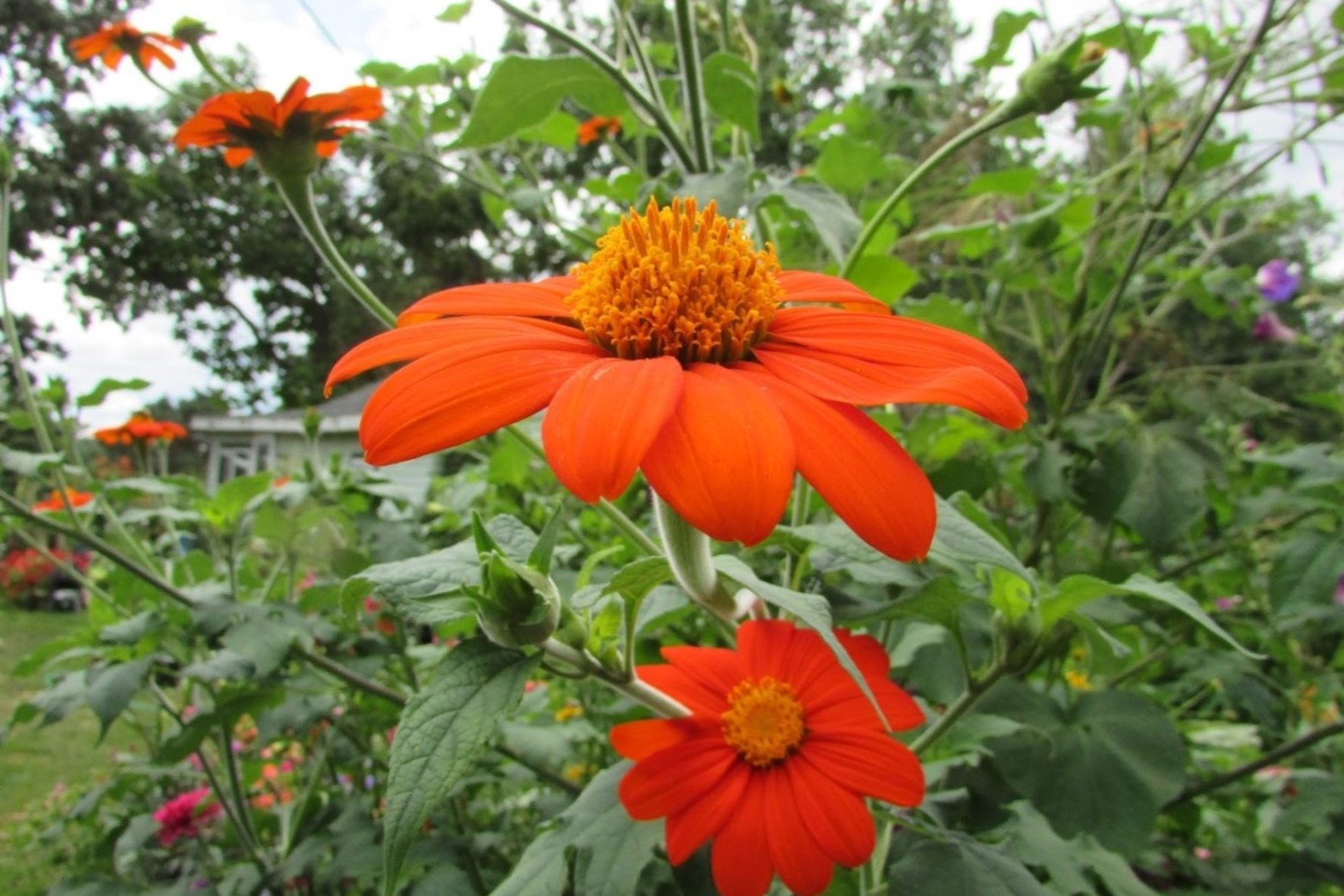
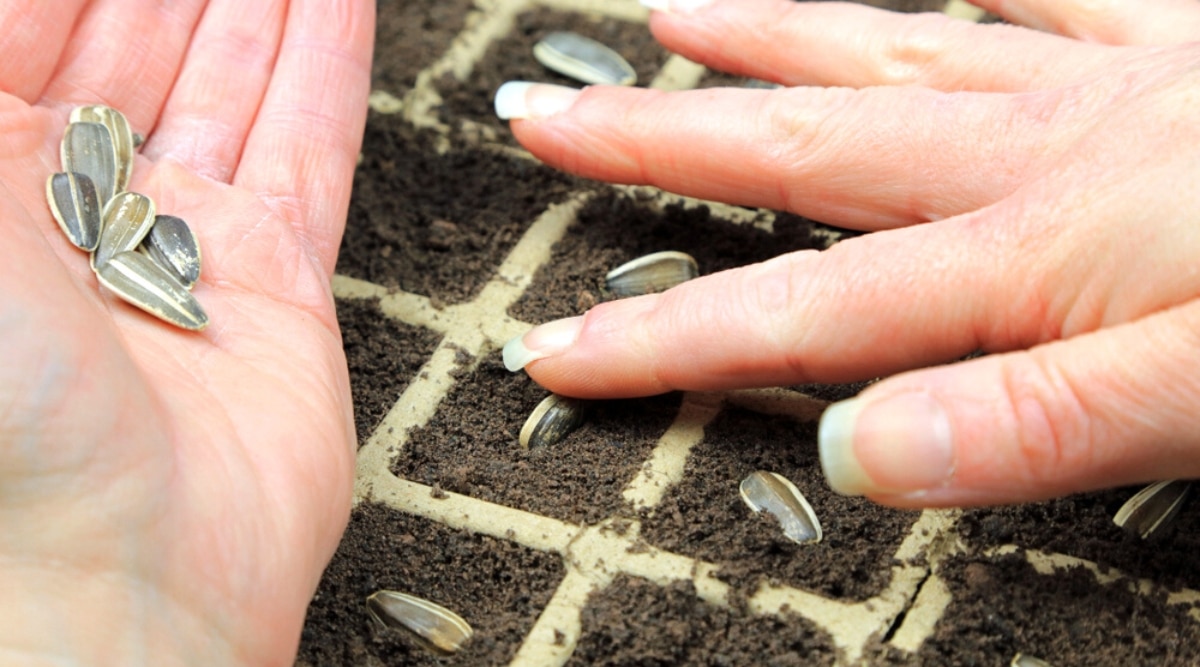
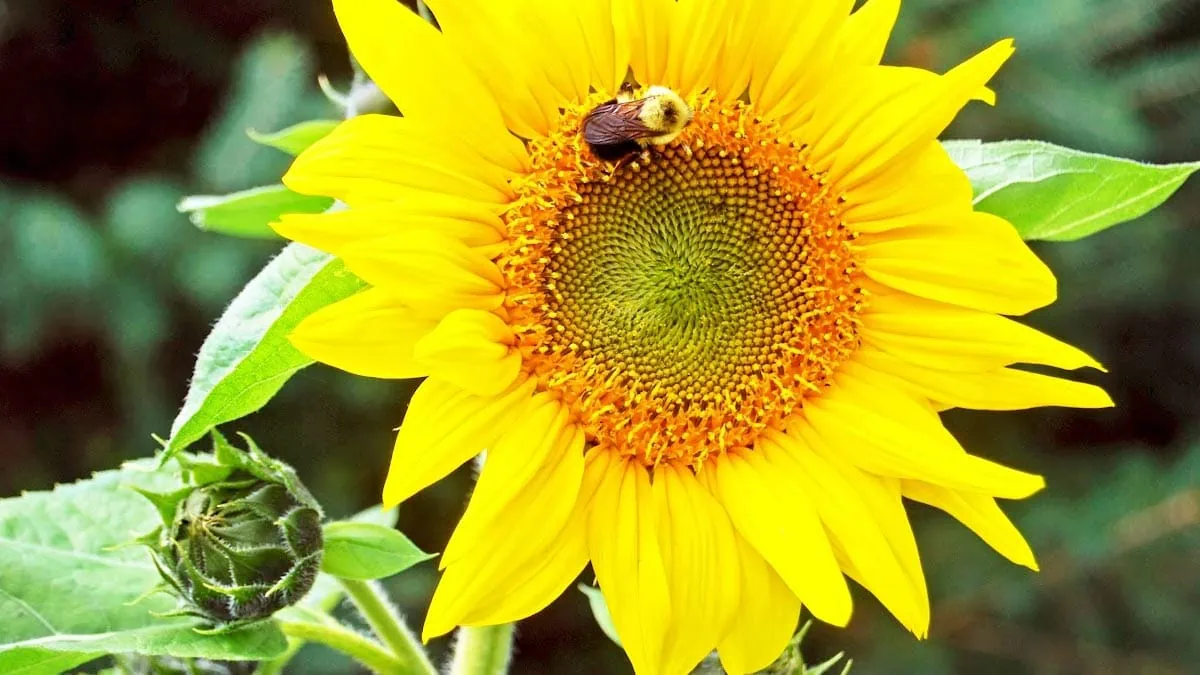
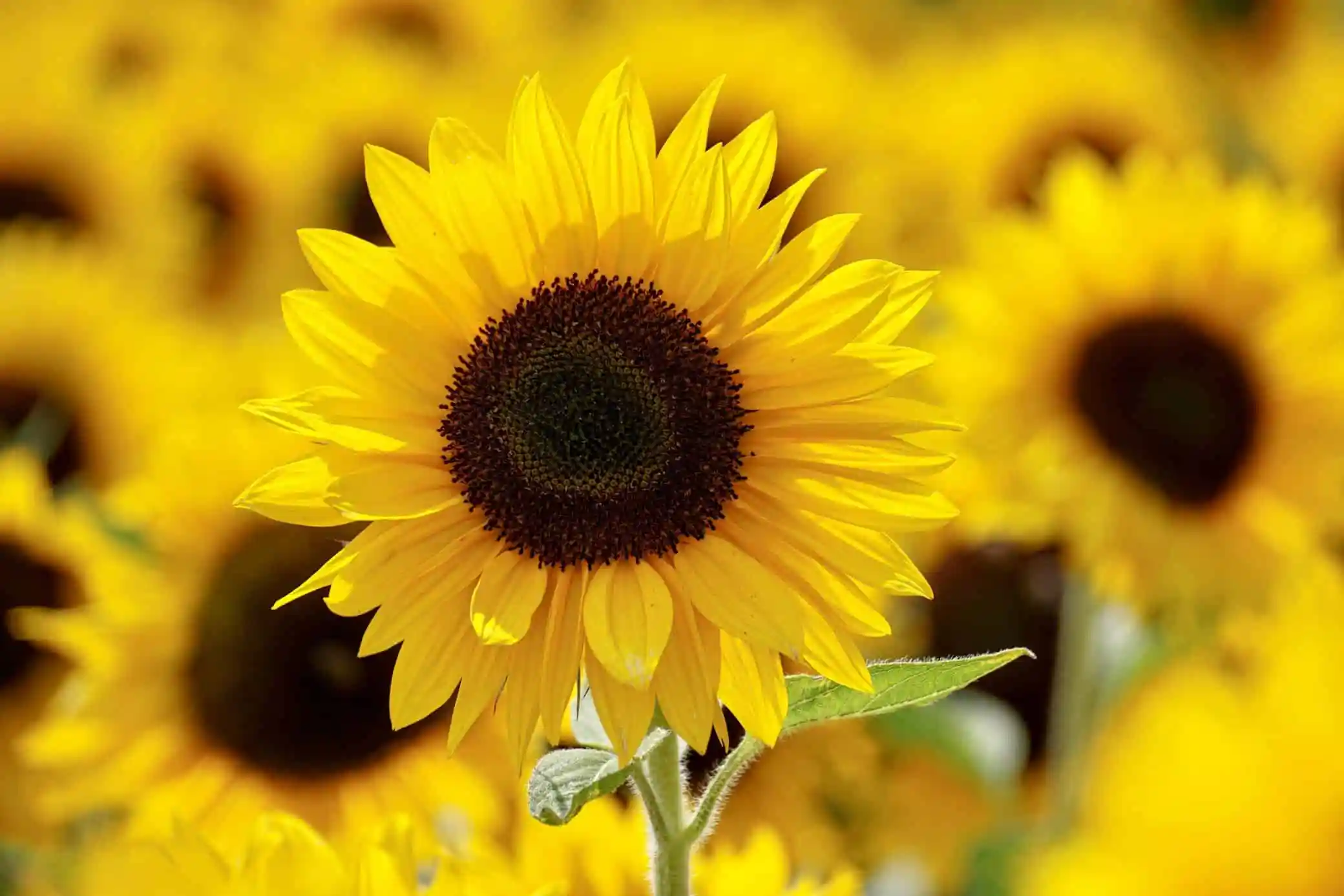
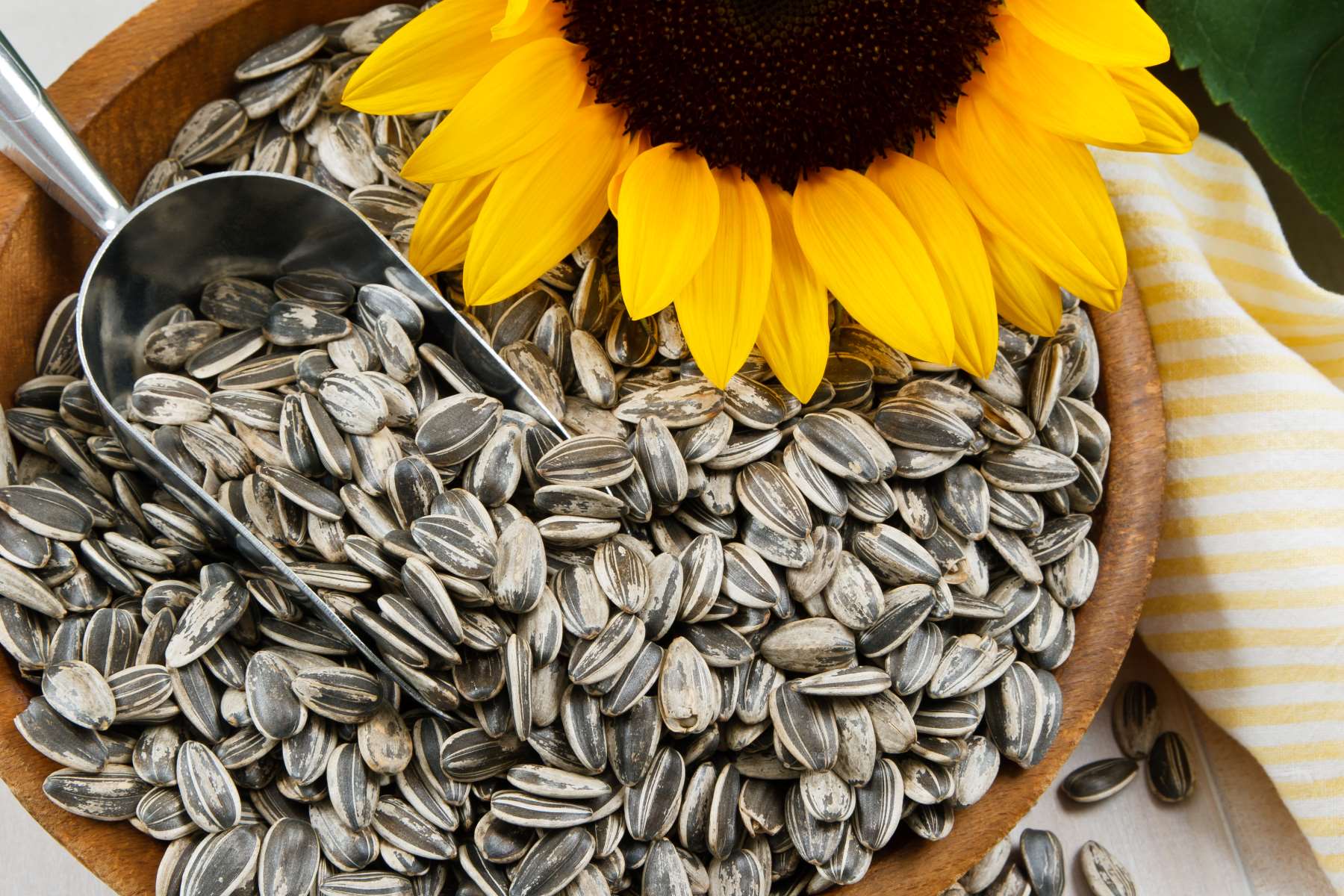
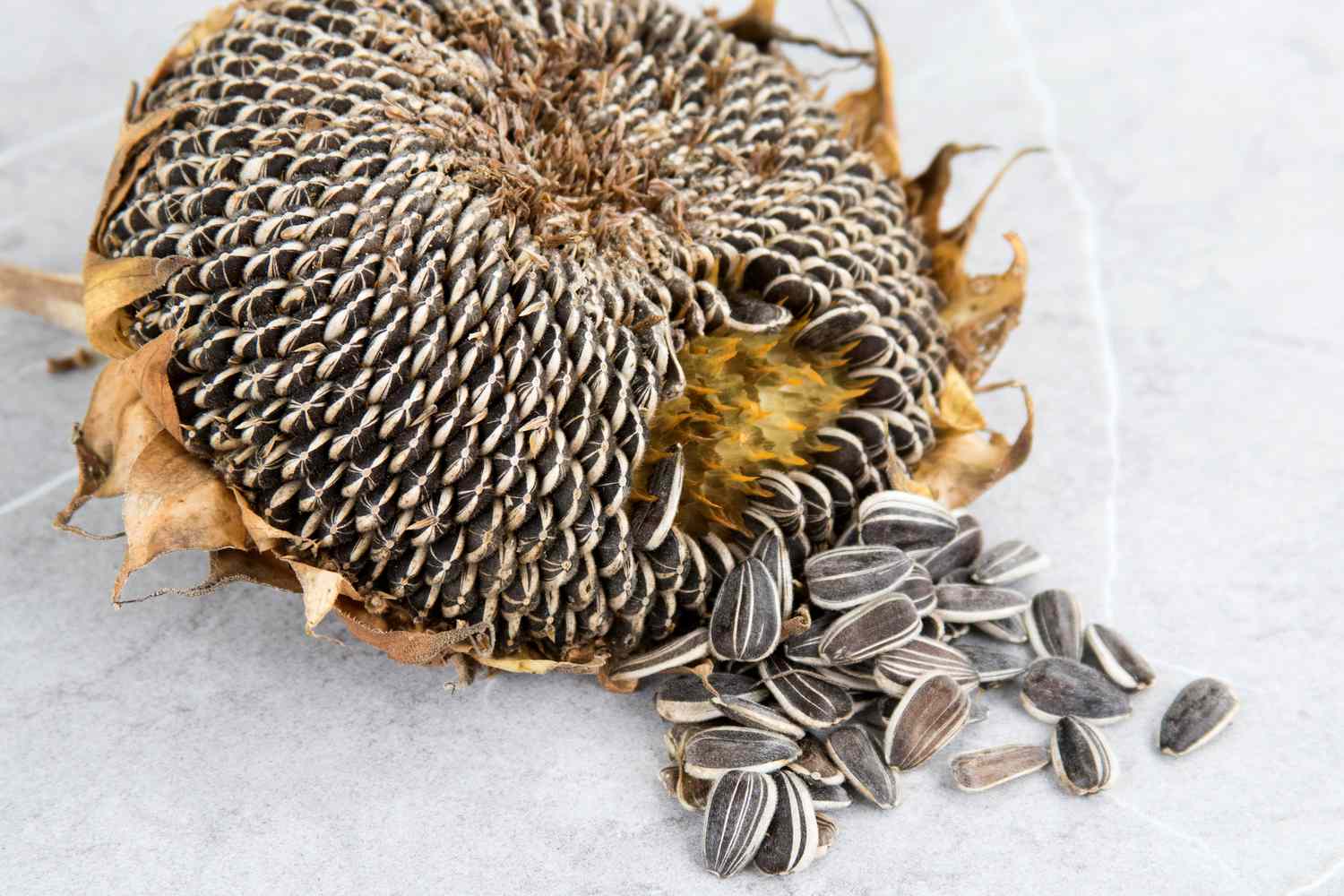
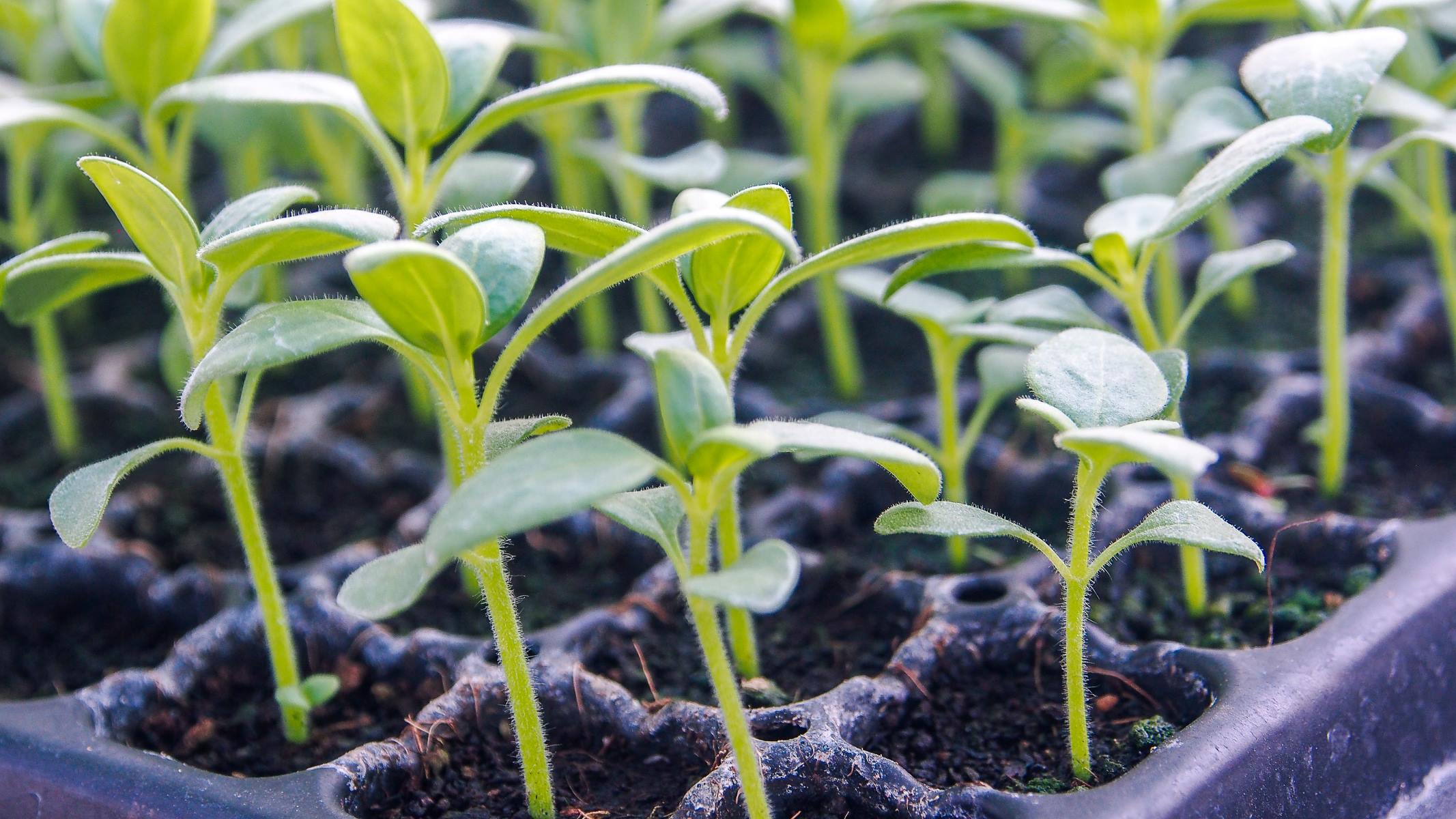
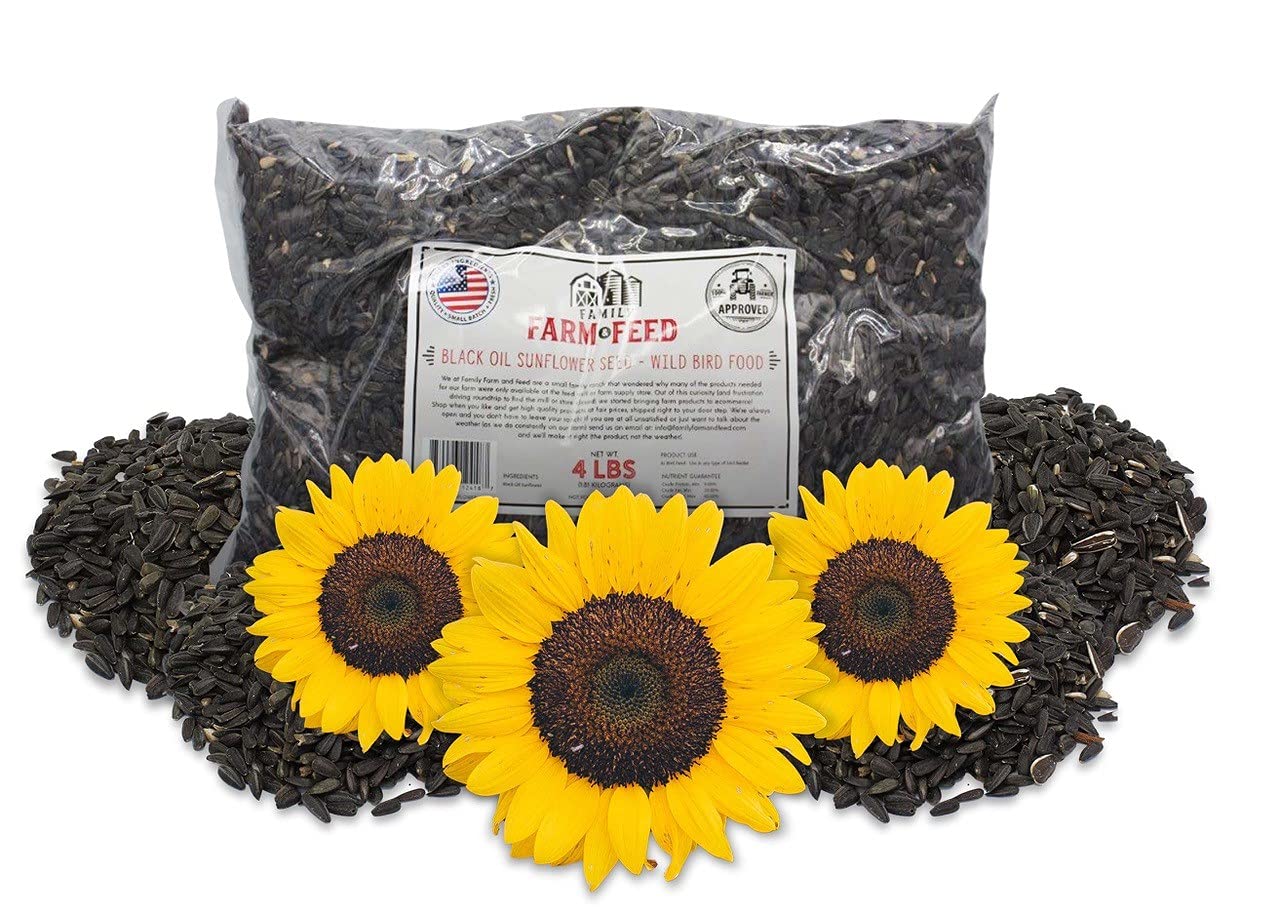
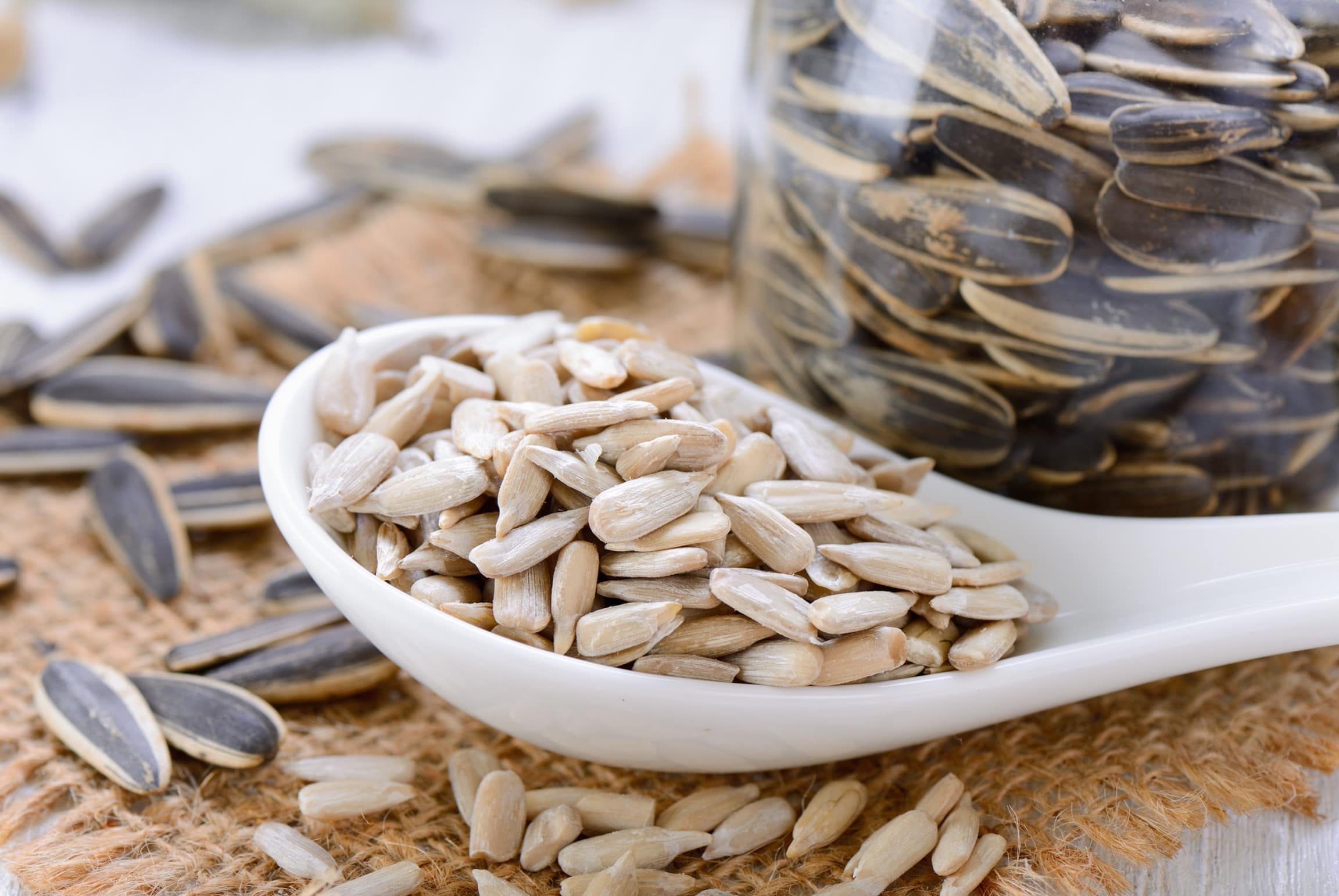
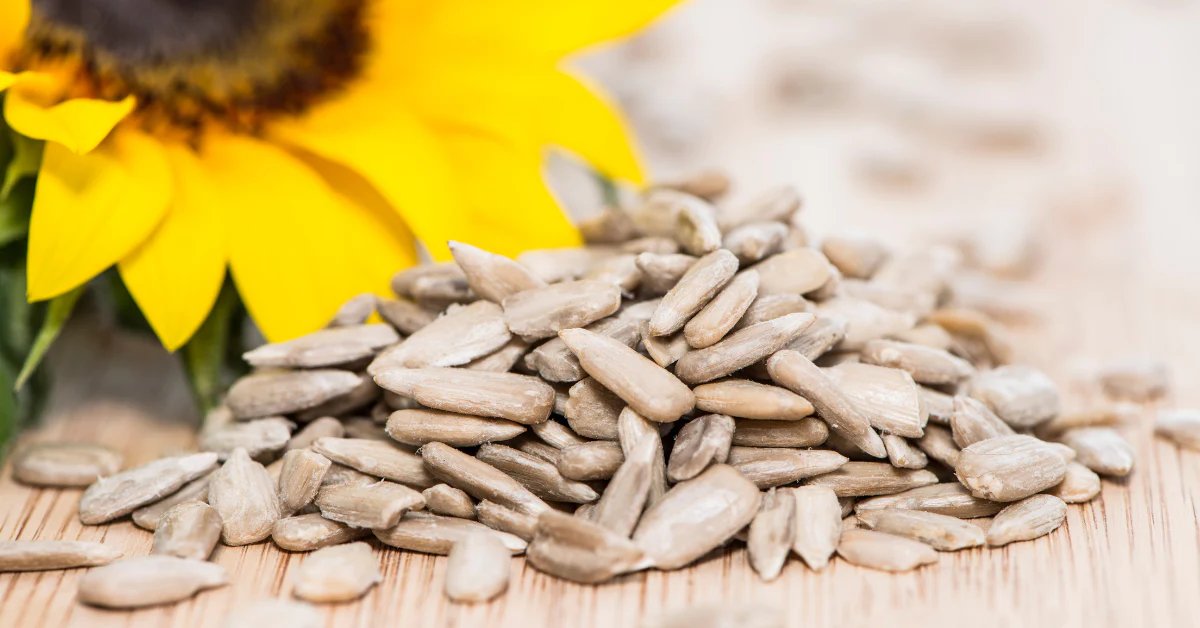
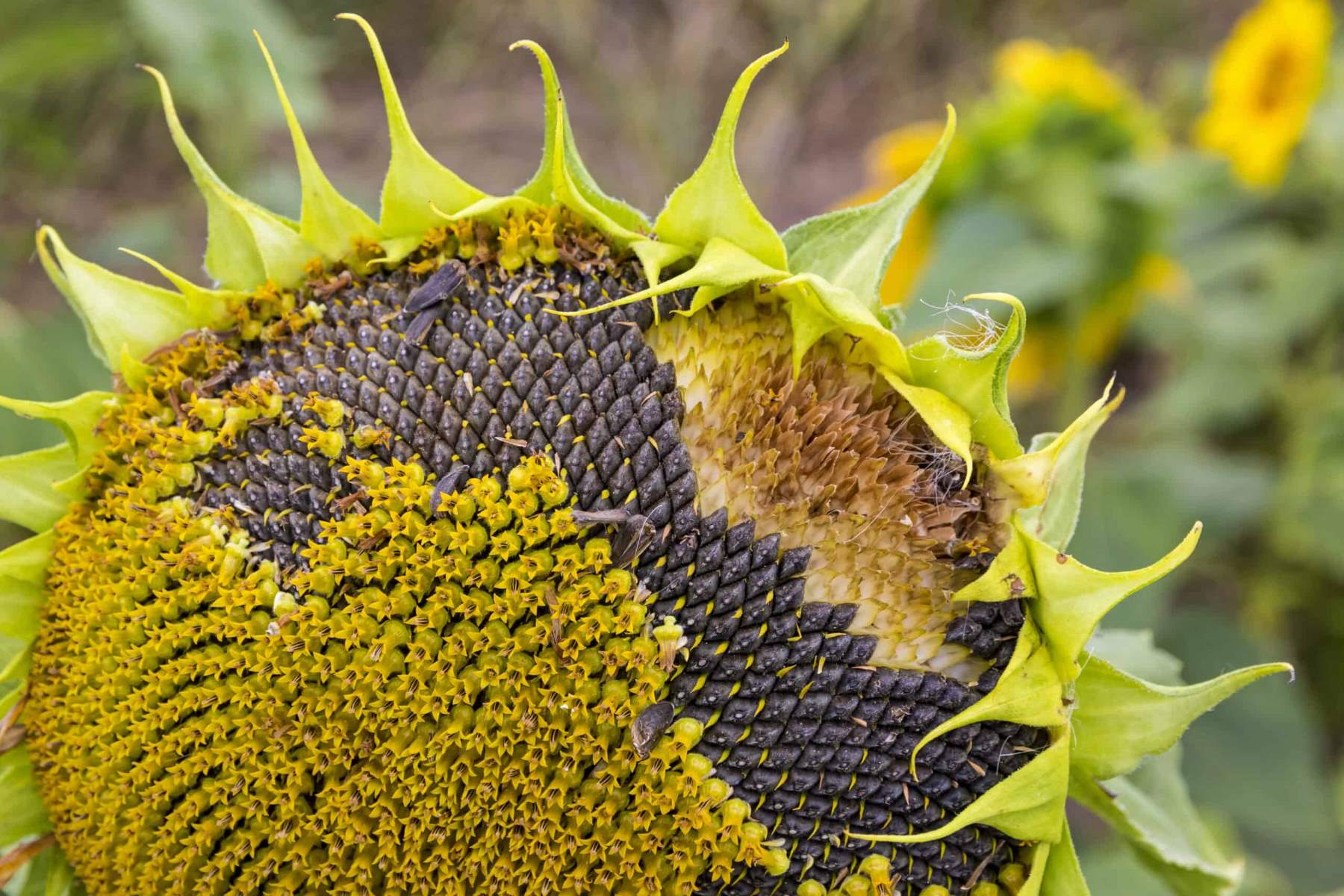
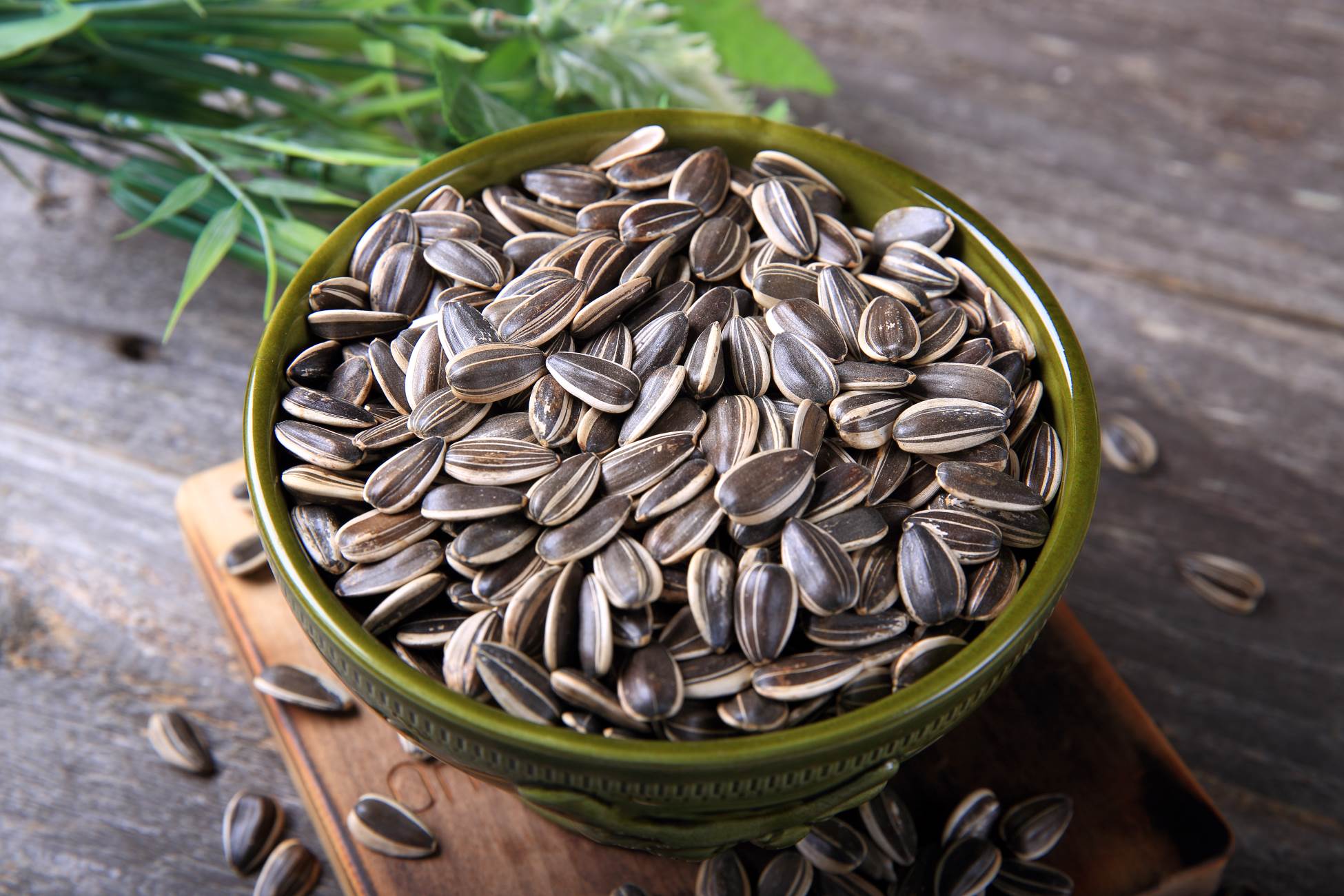
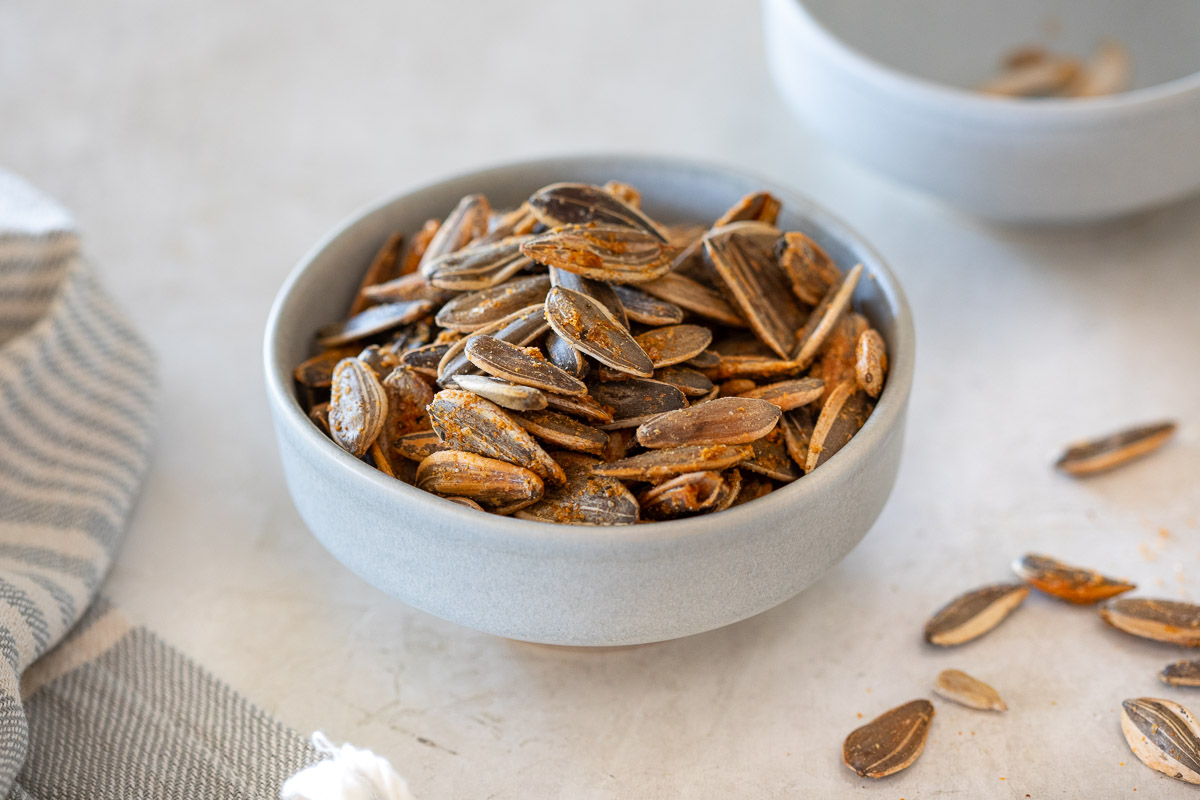

0 thoughts on “How To Plant Sunflower Seeds”